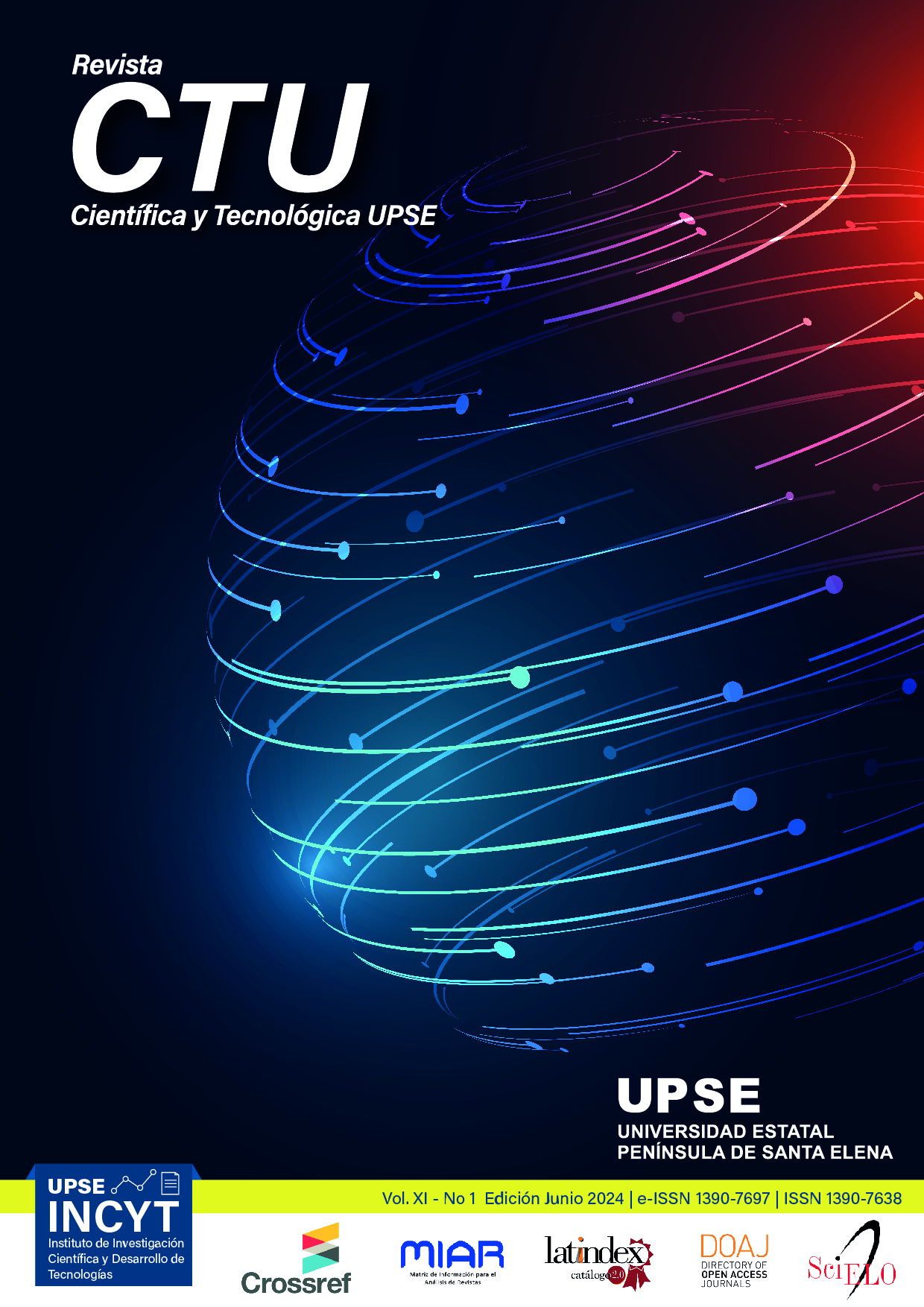Characterization of phenotypic, morphometric parameters and productive evaluation of Cavia porcellus from different areas of Ecuador
DOI:
https://doi.org/10.26423/rctu.v11i1.762Keywords:
conversion, gain, head, length, weightAbstract
The production of guinea pigs is part of the ancestry of Andean countries due to its socioeconomic contribution and its role in food security. With the aim of evaluating the effect of the origin of these animals on the phenotypic, morphometric, and productive parameters intended for reproduction. Thirty guinea pigs from different origins were selected and divided into groups of 10 animals in a completely randomized design. The experiment was conducted at the Technical University of Cotopaxi, Ecuador. Morphometric, phenotypic, and productive variables were evaluated. The results showed that the animals from Granja Matilde achieved the highest thoracic perimeters with 16.40 cm, while the guinea pigs from Chimborazo had the greatest total body length. Additionally, the most common type of fur was type 1. For the productive indicators, the highest weights (667.20 g) were observed in the animals from Cotopaxi, with no significant differences compared to those from Chimborazo (665.4 g). The best feed conversion was shown by the guinea pigs from Chimborazo with a ratio of 3.71. It was concluded that the morphometric characteristics varied depending on the origin of the animals. The greatest differences were observed in the thoracic perimeter and total body length. Likewise, the type of fur, the number of limbs, and the presence of swirls showed variability depending on the region of origin. The productive indicators were influenced by the origin of the animals; overall, the best performance was shown by the locality of Chimborazo.
Downloads
Downloads
Published
Issue
Section
License
El titular de los derechos de autor de la obra, otorga derechos de uso a los lectores mediante la licencia Creative Commons Atribución-NoComercial-CompartirIgual 4.0 Internacional. Esto permite el acceso gratuito inmediato a la obra y permite a cualquier usuario leer, descargar, copiar, distribuir, imprimir, buscar o vincular a los textos completos de los artículos, rastrearlos para su indexación, pasarlos como datos al software o usarlos para cualquier otro propósito legal.
Cuando la obra es aprobada y aceptada para su publicación, los autores conservan los derechos de autor sin restricciones, cediendo únicamente los derechos de reproducción, distribución para su explotación en formato de papel, así como en cualquier otro soporte magnético, óptico y digital.












